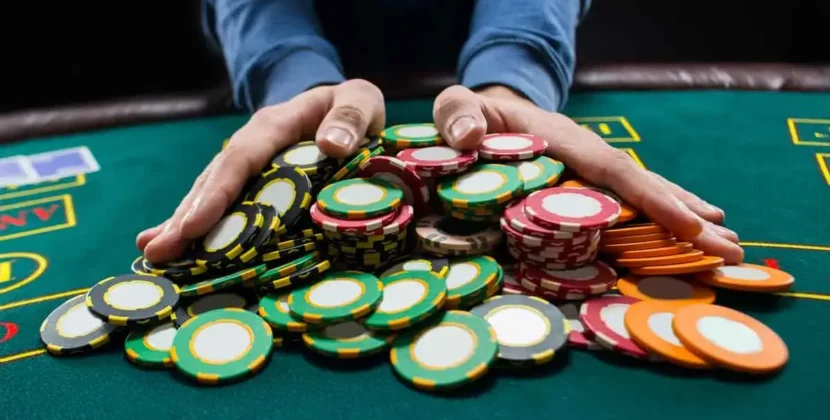
Poker, especially in cash games, is often seen as a battle of wits, where bluffing plays a key role in outsmarting your opponents. However, the frequency and effectiveness of bluffing can vary significantly across different stakes. As someone who has played in games ranging from $1-$2 up to $50-$100 over the past eight years, I’ve seen first-hand how bluffing behavior shifts based on the stakes involved. In this article, we’ll explore how bluffing plays out in small-stakes poker games, offering insights into the mindset of the players you’ll encounter and when bluffing is likely to work—or fail.
Low Stakes: Less Bluffing, More Value Betting
At lower stakes, such as $1-$2 or $2-$5, bluffing is far less common than one might expect. In these games, players are more likely to call down with marginal hands rather than risk their entire stack with a multi-street bluff. While the occasional short-stack player might shove all-in as a semi-bluff, it’s rare to see a player at these stakes bluffing across multiple streets unless they have a very specific hand-reading skill.
The primary reason for this is simple: most players at lower stakes aren’t looking to engage in high-level bluffing wars. They are more focused on value betting with their strong hands and are typically content to play straightforwardly. The concept of a “polarized” bet—where a player either has a strong hand or is bluffing—is not as prevalent in these games because the risk-to-reward ratio simply isn’t worth it for most players. After all, a bluff that puts your stack in danger at a low-stakes table is often more trouble than it’s worth.
A Practical Example: Understanding Bluffing in Action
Let’s consider a typical hand in a $2-$5 game, with effective stacks of $800. You’re in the big blind with A♠ Q♠, and after a raise to $25 and three calls, you decide to see the flop. The board comes out A♥ K♥ 3♣. You check, and the original raiser bets $75. With top pair and a decent kicker, you call. The turn brings the 4♣, and you check again. The preflop raiser bets $200. Again, you call, hoping to catch a weaker hand or a missed draw.
On the river, the 7♠ comes down. You check, and your opponent moves all-in for $500, offering over 2-to-1 on a call. The question now becomes: should you call?
At first glance, it might appear that your opponent is either bluffing or holding a very strong hand like AK, but this is where things get tricky. The nature of your opponent’s bet doesn’t necessarily indicate a bluff. Players who are already committed to betting on the flop and turn with a strong hand don’t typically shift gears and start bluffing on the river when they have so much money invested.
The Reality of Bluffing in Small Stakes
While it’s easy to assume that your opponent is bluffing when they make a big bet on the river, the truth is that many small-stakes players rarely take such risks unless they have a real hand. The reality is that your opponent’s bet is likely to represent either a monster hand or a weak draw, but not a complete bluff. Even in $2-$5 games, most players tend to value-bet when they have strong hands and are cautious about overcommitting with weak ones.
It’s also important to note that small-stakes players often lack the poker reading skills necessary to run complex multi-street bluffs effectively. A player who is still learning the game may not fully understand when and how to execute a well-timed bluff. As a result, their decision-making process tends to be more predictable, with an emphasis on betting hands they feel confident in.
Should You Call?
In the example above, despite the polarized nature of your opponent’s river bet, calling is likely a losing proposition in most cases. The likelihood of your opponent turning up with a bluff here is lower than you might think. Players at these stakes typically don’t risk their entire stack unless they have a genuine strong hand. Bluffing in this situation would be a rare move for most players, and calling might only cost you more money in the long run.
Conclusion: Bluff Less, Value Bet More
In small stakes poker, the frequency of bluffing is much lower than it is at higher stakes. While it’s important to recognize when your opponent could be bluffing, the most effective strategy at these stakes often revolves around value betting and protecting your stack. Bluffing can still be effective, but it’s best used sparingly and with a clear understanding of your opponents’ tendencies. The key to winning at small stakes is not relying on constant bluffs, but rather playing solid, straightforward poker while adjusting to the tendencies of your opponents.











